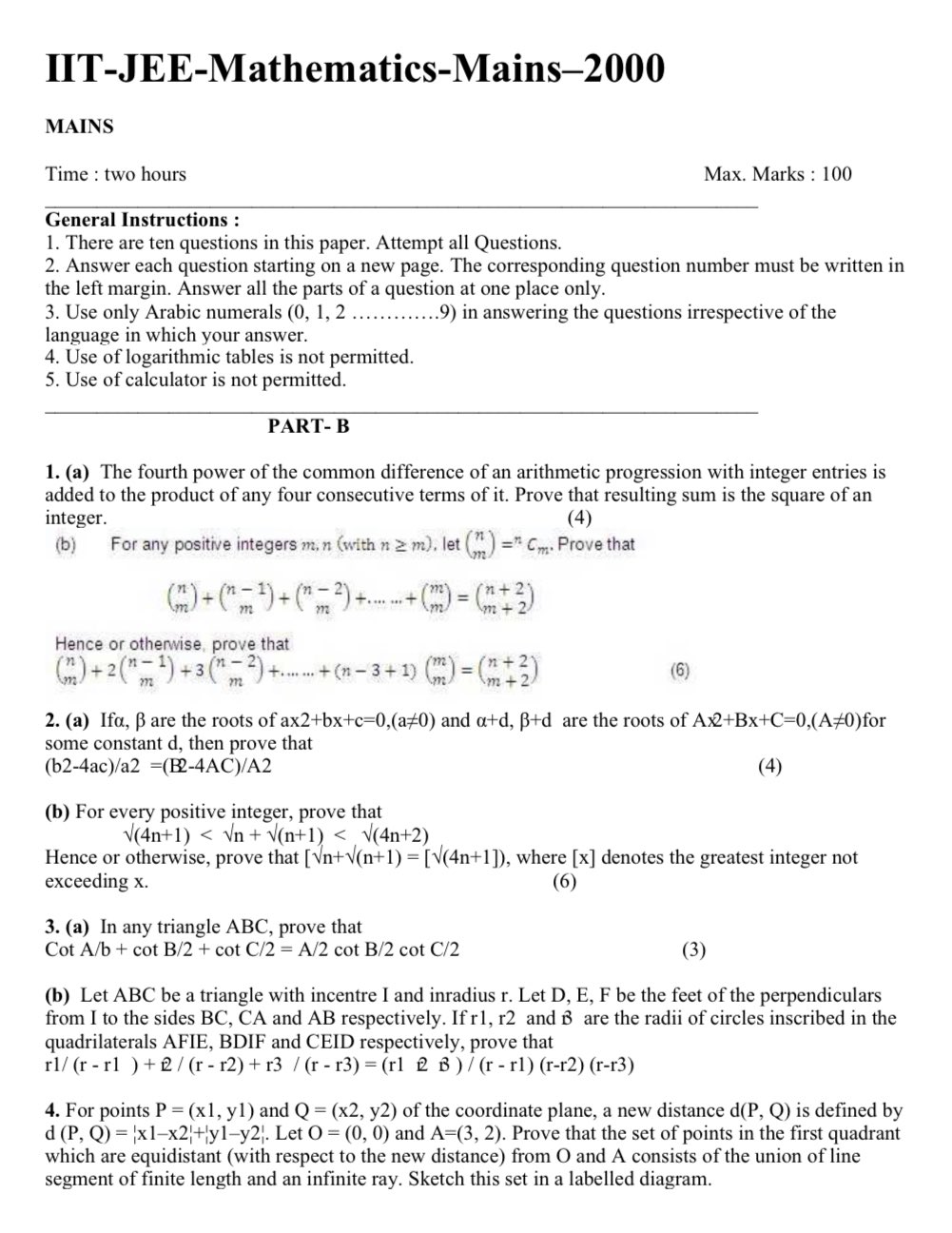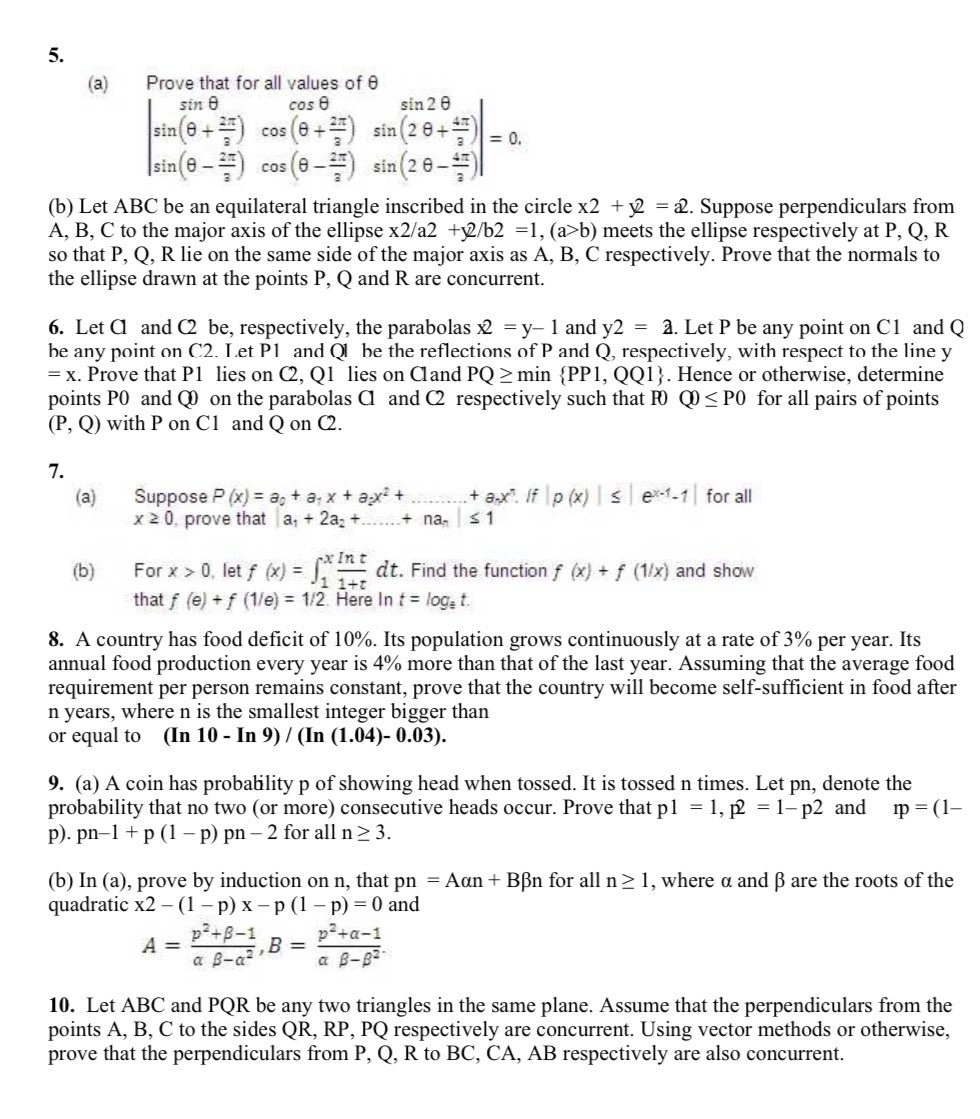Ever since I acquired this domain name (back in 2008), this blog has been hosted on WordPress. However, now I’m starting to wonder if I should port it to Substack (the URL will remain the same). Let me explain why.
Recently, the admins at Substack wrote an article that “blogging boom is back“. Quoting,
What we’re seeing now feels a lot like that early blogging boom. There was an intimacy we felt reading our favorite blogs, a personal connection to the writers and the communities that grew around them. We stacked our Google Reader with their RSS feeds and turned to them for restaurant recommendations, recipes, home decor trends, crafting inspiration, gossip, political analysis, and life advice. Writers on Substack are providing that same intimacy and connection with the communities they create. No media conglomerates edit their words and ideas. We have access to our favorite writers, just as we did in those fast blogging days. We see ourselves in the personal stories they share; we trust them.
Having started (and not really continued) some five or six substacks in the last five years, I broadly agree to this sentiment. And the reason why I feel like Substack might be “the old blogging in a new form” is due to comments. People actually comment on Substack, unlike on WordPress.
I was reading a friend’s substack yesterday, and noticed a possibly Freudian slip. I quickly hit the comment button and shot off a comment. As of this morning, he has already seen it and replied. This was a regular feature on the blogosphere in the late 2000s. In the 2010s, this kind of behaviour simply died.
And coming to think of it, it possibly has to do with user experience. The user experience for commenting on WordPress absolutely sucks. There is no concept of login across sites (I don’t know when this “openID” was last maintained). So every time you need to write a comment, you need to enter your name, email, website, and maybe even fill a captcha before your comment gets accepted. And that is IF your comment gets accepted (the number of times I’ve written an elaborate comment and seen it NOT go through is insane).
Two decades ago, when blogging was big and growing rapidly, people used to leave comments on one another’s blogs. A LOT. In fact, I discovered a lot of blogs I followed back in the day by following comment trails from blogs that I already liked. It could occasionally be riotous, like on this legendary post by Ravikiran Rao.
And then sometime in 2010 or 11, it all stopped. Almost all of a sudden. I have statistics on number of comments per post on this blog over the years, but right now NED to pull it up (and also, the commenting was heavier when this site was on LJ). Suddenly people stopped commenting. And I think this had an impact on blogging as well. With little or no feedback, people didn’t feel like writing.
People started talking about the death of blogs. Sometimes, writing this would feel like shouting into an empty room. Then again, I’ve considered this as a documentation of my life and my thoughts (and your benefits, if any, being strictly collateral), and carried on.
What Substack seems to have shown is that the appetite for blogging didn’t go away. The appetite for commenting also didn’t go away. It’s only the user experience. Over the years, maybe coinciding with WordPress being the dominant blogging platform (and WordPress being more popular for making websites than for blogs), the user experience of commenting deteriorated. And as people commented less, they blogged less.
Now, looking at the comment density on Substack, I’m seriously considering if I should make a shift there. Still need to see how easily I can port all of this stuff without breaking. But if I can, I might just. What do you think? Do leave a comment (and if you think this blogpost is too hard to comment on, maybe comment on this “note” instead).






